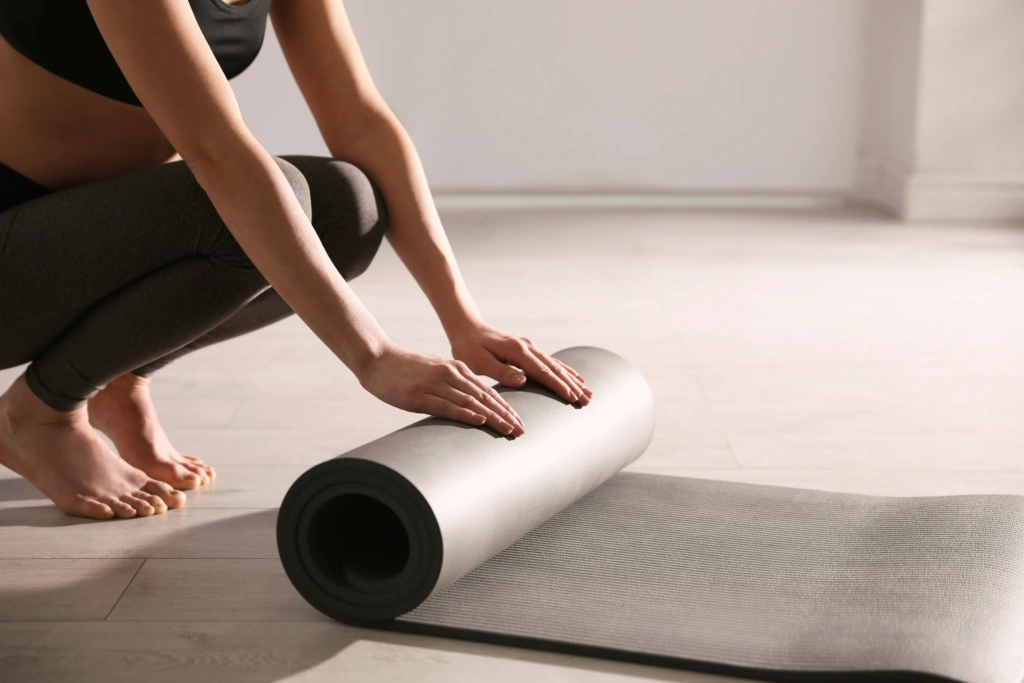You don’t have to understand the technology to appreciate what Ex Parte can do. Solvd never questioned if this could be done, they just went to work to solve how to make it happen. When I needed someone with specific expertise for part of our development, they didn’t just give me anyone. They sent a rock star in AI with a Ph.D. in the field, who accelerated our progress.
















